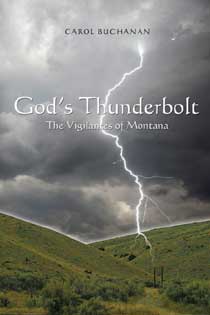
Successful self-publishing, whether or not you write an award-winning book, depends on asking the right questions about each of the six publishing phases. And I have to confess that I began to think about publishing my novel, God’s Thunderbolt, without knowing any of the right questions, because it’s my first self-published book. So in these articles I’m sharing my experience and what I’ve learned from going through the process.
Why Self-Publish At All?
Prior to writing the novel, I had published three nonfiction books with two traditional publishers. When it came to my first novel, though, I was a beginner. One of my publishers had never published fiction, and the second wasn’t interested because it’s set outside their region. I queried other publishers and found three who would look at it. As the weeks went by, I queried more agents and publishers. One agent responded by saying he’d look at it. While I waited, I entered the Amazon Breakthrough Novel Award contest, and the book didn’t make the first cut. In the meantime, while I waited for responses from the other people, I began to research self-publishing.
New writers often think that being published by a traditional publisher ends their problems. Not often. Once the contract is signed, the honeymoon ends. Publishers’ royalty statements seem designed to hide information, such as what they owe writers. I still haven’t figured out the royalty statements from one publisher, except that they don’t owe me any money. That was one factor in the ultimate decision to self-publish.
Another factor was time. After six months I called all the publishers and agents I had sent the manuscript to and learned despite asking to see it, they had not yet glanced at it. If they couldn’t look at something they want to see in six months, I said to myself, what will they do when or if it’s under contract? I decided I’d really be trapped then.
By this time I had all the information I needed to decide about self-publishing: The answer was Yes.
The Six Phases of Publishing
Entering self-publishing, I confess to some advantages. I had already published, I had worked in the publishing industry and in print shops, and I had taught newspaper editing at the college level. As a result, I understood the publishing process and could ask questions relevant to each phase of it.
A book goes through six phases before it ends up on a reader’s bookshelf:
- Writing the book
- Acquiring the book (We self-publishers can skip this one.)
- Editing and Designing the book (Known as Pre-Production)
- Manufacturing the book (Known as Production)
- Marketing & Promoting the book
- Distributing the book to those who want to sell or read it
We self-publishers have to do all of the above, or contract for it to be done. Therefore, the first question is, What skills do I have?
What Skills Do I Have?
Before deciding to self-publish, evaluate your skills and your wallet and decide what skills you have and what you will have to hire out. I’m not a graphic designer, so I knew that I would need help with cover design. Compare what you can do with books on the stores’ shelves. Can you really design a cover as good as that on your favorite best seller? The cover helps to sell the book. Nearly everyone who picks up God’s Thunderbolt for the first time does so because they are captivated by the cover.
Work with a graphic designer to execute your ideas for it. When you first think of the idea for the book is a good time to begin thinking about the cover.
What about writing mistakes and typing errors? It’s axiomatic in the publishing business that we cannot proofread our own work. To prevent mistakes, the best way to proofread is for one person to read the typescript while a second person follows another copy line by line. But do you understand proofreaders’ marks, do you know proofreading, and do you know grammar and punctuation well enough to turn out a good product? I wanted to buy the self-published book written by an acquaintance, so I read an excerpt posted on the Web. The first sentence I read had a terrible grammatical error: lay instead of lie. I decided to pass on the book, and so will many other readers.
Once you have honestly assessed your skills, you’re ready to tackle the book publication process.
It’s the Writing
The questions to ask for the writing phase include those listed below. No doubt you can come up with others, too.
- Why am I writing this book?
- Who will want to read it?
- Why will they want to read it?
You might answer these with statements such as, “The people who will read this book are….” Or “They will read this book because” and follow that with the way in which the book will help them in their lives, entertain them, or teach them something. “They will read this book because they need to know how to save money. In these depressing times, people need a good, upbeat story. They need to know how to succeed despite the odds against them.”
Publishing successfully depends on people wanting to read your book. Unfortunately, only the market itself can determine if your book has an audience. If people want to read your book, they will. They’ll also tell their friends, who will buy the book, read it and tell their friends, and so on. Its audience will grow. You can’t, however, predict that.
But if you hurry your book, you’re making a difficult task much more so. When you think you’re finished, let it sit six months and reread it. Then revise it. It’s not uncommon for a book or parts of the book to go through 20+ revisions before the author is satisfied.
God’s Thunderbolt: The Vigilantes of Montana, took seven years to write. Five for the research and two for the writing. There was no abrupt cut-off; I did some writing and revision during the research and some research during the writing.
The Acquisition Phase
In this phase, publishers try to predict what readers will want to read, and the best they can do is to look at what sold well yesterday. It’s like trying to predict the stock market, commonly a useless exercise. Or it’s like dressing for rain because it rained yesterday, only to have sunshine and temps in the 90’s.
Self-publishers often find ourselves, as I was, unable to sell our books because the literati and the traditional publishers don’t think what we write is fashionable. Currently, someone has decreed that historical fiction or literature of the West is not selling; as an agent told me, “Period pieces don’t sell.” Instead, they look for another DaVinci Code, or thriller, or sci fi epic.
This thinking looks for the Next Big Thing, and all traditional publishers look for what has sold well in the past.
Self-publishers, however, achieve our best success when we define our audience and pitch the book to it. Like a pitcher throws to the box, that imaginary area known as the “strike zone.” Another term for this is niche marketing.
Knowing the traditional publishers weren’t interested in God’s Thunderbolt, I defined my target audience as Montanans and people who like to read about Montana. Friends have told me that’s too narrow a definition, but actually it’s a sizable portion of the world because there’s such a thing as the Montana mystique. But that’s another topic.
Next up: Pre-Production and Manufacturing.
Get an Editorial Review | Get Amazon Sales & Reviews | Get Edited | Get Beta Readers | Enter the SPR Book Awards | Other Marketing Services










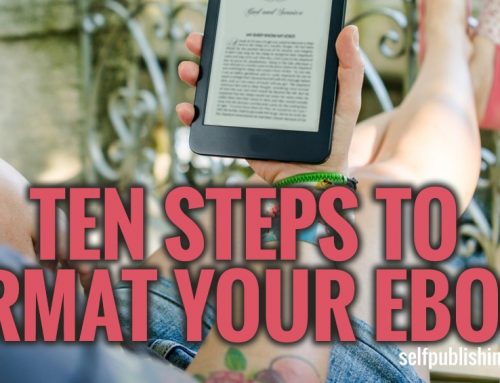
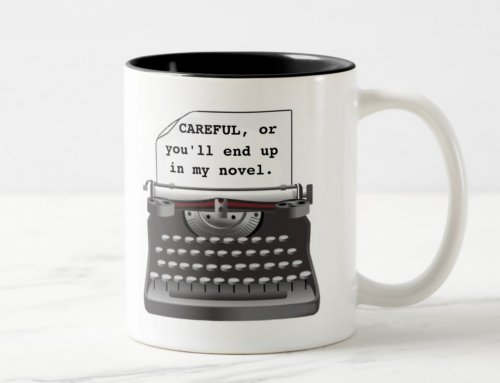
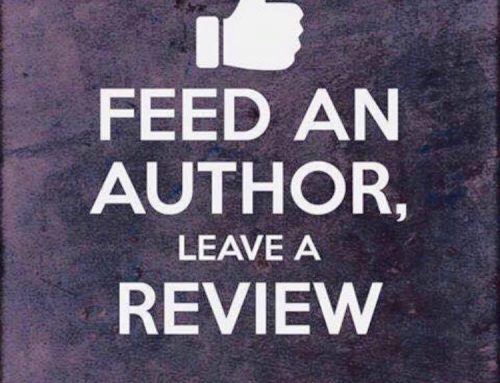
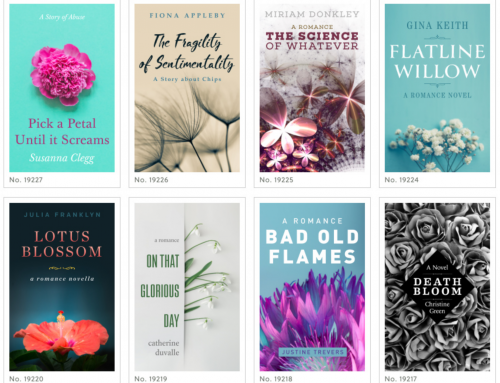
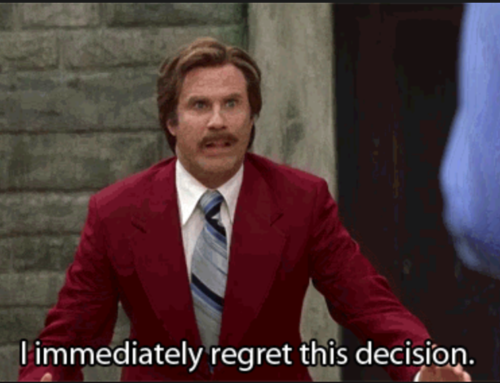
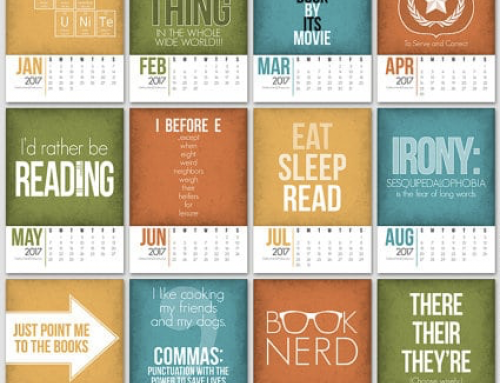
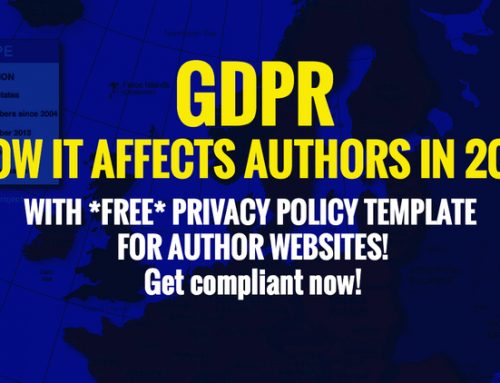
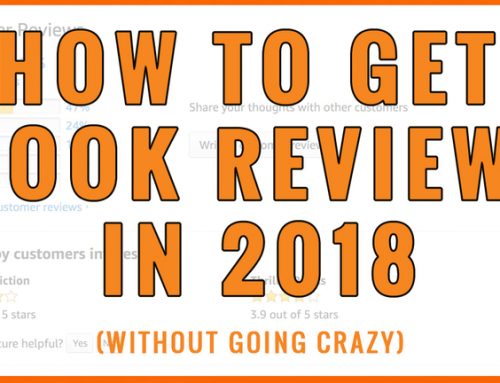
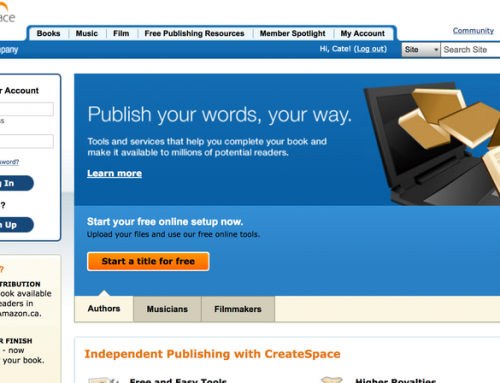
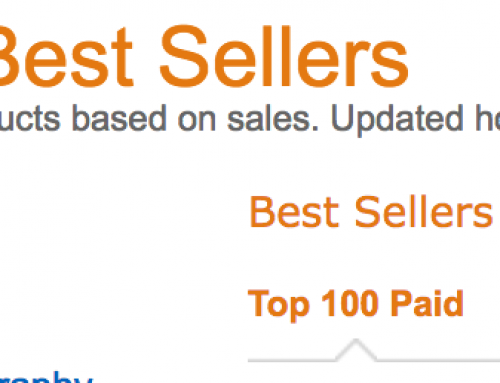

How about adding links to the other five parts in this first one? Otherwise, it is difficult to find them all.
Henry Baum, the Editor of Self-Publishing Review, has posted a link from each article to the next. Part 2, “Pre-Production and Manufacturing,” is linked above the comments.
Hope that helps!
Carol
“What about writing mistakes and typing errors? It’s axiomatic in the publishing business that we cannot proofread our own work.”
It’s worse than that. I’ve written 40+ published books and edited and/or published another hundred or so. I insist on at least two proofreaders in addition to the author. In all those books, I have never seen one proofreader’s listed errors match another’s. Everyone finds stuff everyone else missed. And I’ve never seen an error-free book. Never.
“To prevent mistakes, the best way to proofread is for one person to read the typescript while a second person follows another copy line by line.”
That works, sometimes, for short works, maybe as long as an article. But no one can stay awake much less alert, following a droning voice as it struggles to give life to the printed word. The brain isn’t made that way; the part of the brain that deciphers spoken language is quite apart from the part that deciphers that other, written language; there’s an inherent mismatch in grammar, etc. Quite apart from that, the reader often translates from written to spoken without realizing it.
The biggest problem with any proofreading is knowing when to take a break. Breaks to reset the brain need to be frequent, and the proofreaders absolutely must retain the self-awareness to realize when the mind has begun to wander, as inevitably it does.
This isn’t just axiomatic. The proofreading process–if there even is a process–is the last line of defense before a book goes to press. Every step of the editorial process ahead of proofreading is an excuse for multiple participants to defer errors into that last line of defense. Fewer publishers are availing themselves of the opportunity, self-publishers are by and large oblivious, and the process is nearly always sabotaged by someone’s need or desire to make up for previously wasted time at that final critical juncture, when the smell of money becomes a siren call to truncate process.
Sometimes proofreading can’t be glossed over or left out of the publishing process. I’ve worked in the editorial departments of MacMillan (New York), a legal publishing house, and an aerospace corporation. Especially in the latter two, errors could mean a different interpretation of the law or an error in flying an airplane.
In aerospace the editors and proofreaders did the best jobs because people’s lives depended on absolute accuracy — not to mention hundreds of millions of dollars. But in all three companies, proofreaders changed off frequently and as you recommend, took breaks.
After the most rigorous examination, our editors and proofreaders could make, the manuals were turned over to engineers for testing — on the ground, just in case. Deadlines were important, but safety was in all our minds every step of the way.
Makes you wonder: Was the Bible proofed?